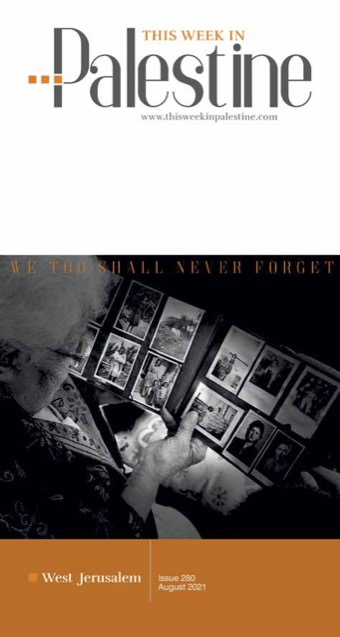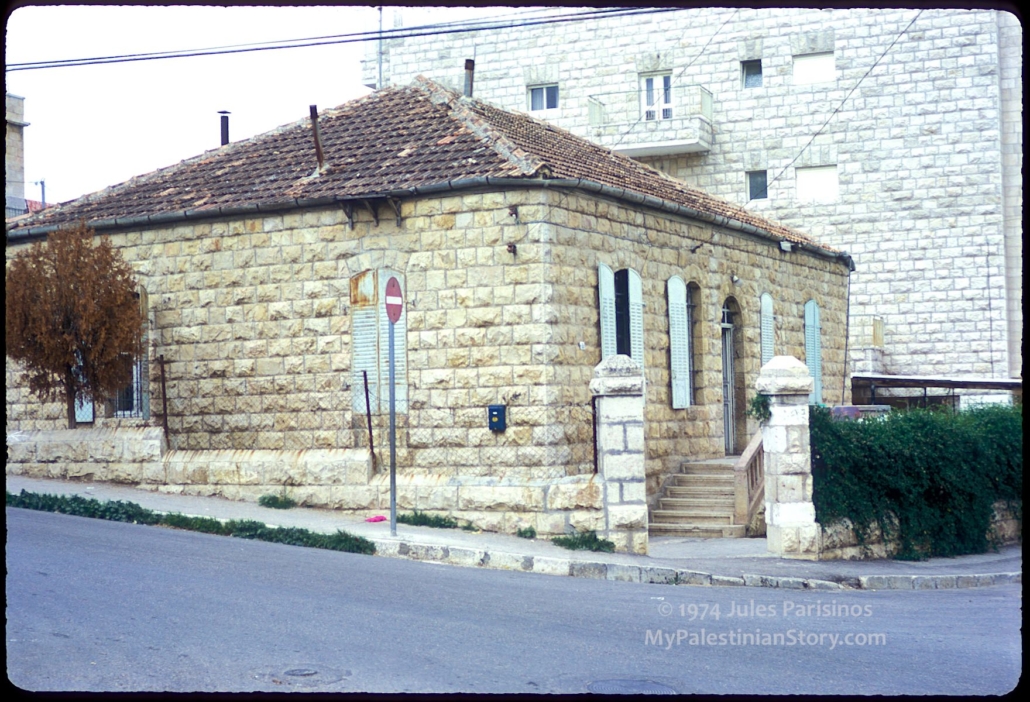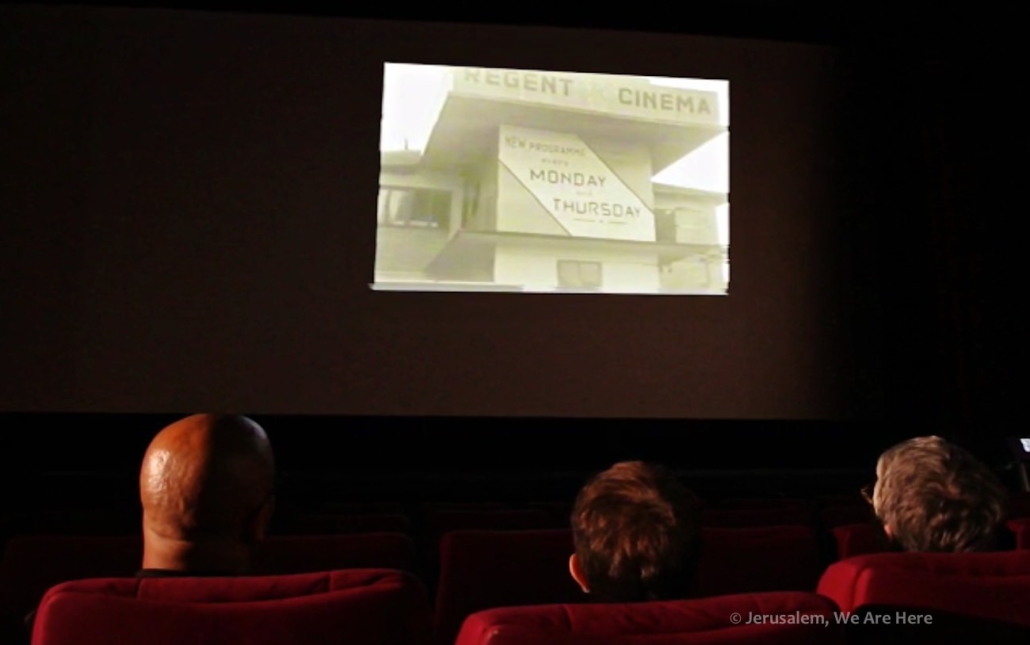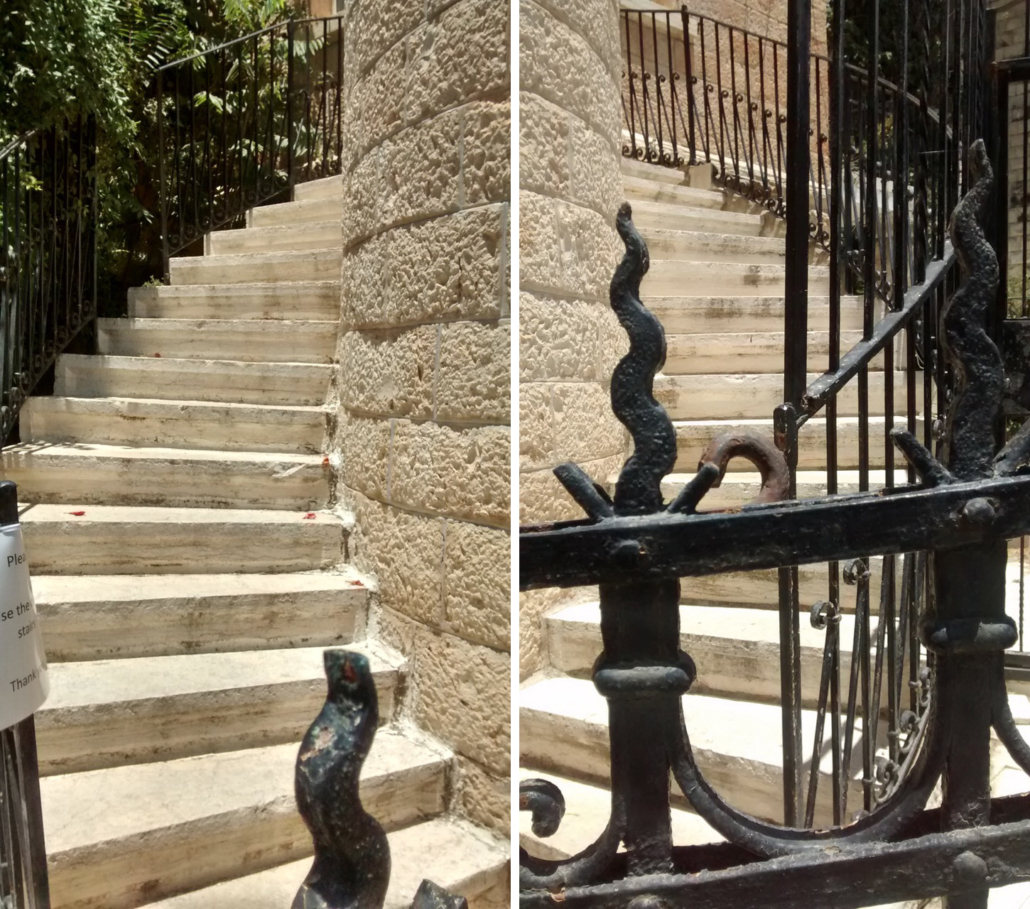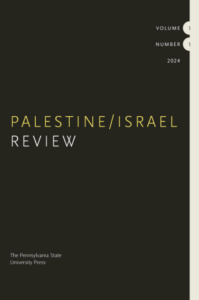
We are happy to announce the publication of the essay “Walking to Unsettle Jerusalem” by Dorit Naaman, director of “Jerusalem, We Are Here” (JWHR), in the first issue of the journal Palestine/Israel Review (PIR)
PIR is a new online, biannual publication edited by Sonia Boulos and Tamir Sorek. It is “is an open access journal that provides a platform for exchanging knowledge, scholarship, and ideas among scholars who share the relational, integrative, and wholistic approach to the study of Palestine/Israel.The journal publishes studies in the humanities and the social sciences that emphasize the social, cultural, economic, and political dynamics between the Arab and Jewish communities in Palestine/Israel from the nineteenth century until the present. The journal will cover these dynamics in Palestine/Israel (from Ottoman times to the present).”
Read more

